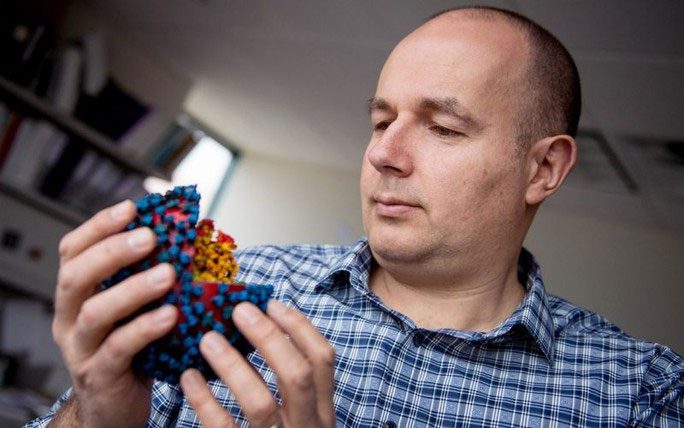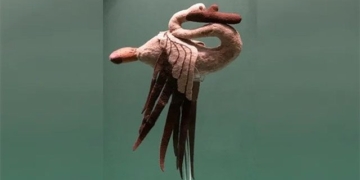“Something has happened” in mid-2021 – warned the head of a leading influenza research center of the World Health Organization (WHO).
A recently published study in Nature Communications confirms that humanity is facing the largest outbreak in history of Avian Influenza A/H5N1 (highly pathogenic avian influenza).
The risk of an outbreak affecting humans is still assessed by the WHO as “low,” but it is increasing as the virus has been and continues to change.
Dr. Richard Webby, Director of the WHO Collaborating Centre for Research on the Ecology of Influenza in Animals and Birds, and a member of the research team, warned that “something has happened” in mid-2021.

Dr. Richard Webby – (Photo: ST JUDE CHILDREN’S RESEARCH HOSPITAL)
This was the time when this strain of influenza suddenly demonstrated much higher transmissibility compared to previous outbreaks of avian influenza, causing prolonged outbreaks that continue to this day, sweeping through wild birds, poultry, and even mammals that had never been affected by this disease.
The study confirms that the virus has mutated and increased in virulence (ability to cause severe disease) as it spreads from Europe to North America from 2021 to the present.
Researchers examined an infected mink with one of the new strains of A/H5N1 influenza and found a massive amount of virus in its brain.
The WHO previously stated in February that the risk of infection and causing outbreaks in humans remains low, after two people infected with this strain in Cambodia (one of whom died) were determined to have contracted it from animals rather than from person to person.
The research team reiterated that “low” risk classification but accompanied it with a warning: “This virus is not static; it is changing.”
“This increases the likelihood, even just a chance, that this virus possesses genetic characteristics that allow it to resemble human viruses more closely,” Dr. Webby said. This means the risk of it increasing the likelihood of transmission to humans and from person to person remains looming.
The research team is still searching for 2 or 3 small changes that could occur in a type of protein of this virus, allowing it to adapt more to humans. Fortunately, none have been observed to date.
The authors stated that what needs to be done now is to continue monitoring it, as well as to vaccinate poultry to curb this large spread, as some countries including China, Egypt, Vietnam, and others have done.
In Vietnam, A/H5N1 influenza in humans is classified as a Group A infectious disease – meaning it is more dangerous than the current Covid-19.


















































